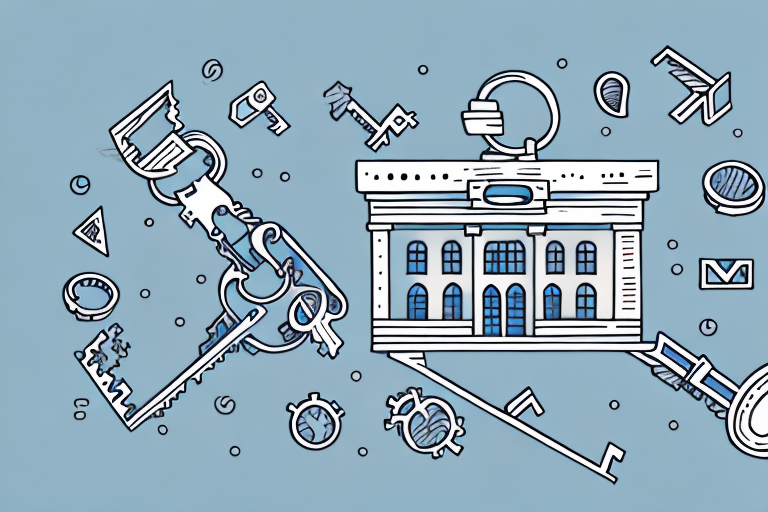If and when the RBA eventually decides to raise interest rates, investors should be well-positioned to ride out any headwinds, thanks in part to the fast-rising rents we’ve been seeing in most parts of the country.
At this point in time, the RBA has been keeping its cards close to its chest regarding any change to the cash rate, with many experts not predicting anything to change until late 2022.
However, even if the cash rate does slowly start to climb, what we’ve been seeing in the past 12 months with rents should give investors reason to be hopeful.
According to CoreLogic, national rents are up 9.0 per cent over the past 12 months, which is slightly down on the recent peak annual rate recorded in November last year at 9.4 per cent. Over the three months to January, rents increased across Australia by 2.0 per cent, suggesting there is still upside pressure in place.
While the rate of rent increases has been slowing since late last year, rental trends in Melbourne and Sydney have shown the opposite trend, especially in the unit sector. Rental demand has increased as house rents become more unaffordable.
What this is doing is putting upward pressure on rents in our two largest cities at a time when the country is about to reopen to international travelers once again. For those people looking to move to Australia either permanently or for a number of years, the vast majority end up renting in Sydney and Melbourne.
That means that in the coming months we should expect to see increased demand in many areas around Sydney and Melbourne and particularly in the unit sector.
Turning to the RBA and there has been a somewhat dovish change of stance from Governor Lowe in recent times suggesting that rate rises won’t be as fast as many expected. Their goal at the RBA is to keep inflation in check. At last count, CPI was running at 3.5 per cent which is at the top end of their target band, so it is possible the RBA will look to tighten in the coming months. However, Governor Lowe hasn’t come out and made it clear that a hike is imminent.
Another factor worth considering is that for new mortgage holders they have already factored in higher rates when they applied for a new home loan. Under APRAs macroprudential measures, a serviceability buffer is applied to new loan applications which is now 3 per cent above the actual loan’s interest rate. That means investors have another built-in buffer should the RBA in fact raise rates.
From an investors perspective, rising rents appear to be putting a buffer in place.
As I said recently, a 0.25 per cent increase in interest rates would equate to a $2500 increase in interest payments on $1 million of debt over the course of the year. Which equates to one carton of beer a week or a packet of cigarettes. So, there are a lot of things people can cut out of their life to deal with rate hikes.
Contact the best buyers agent in Sydney to help you find the right investment and save yourself time, money, and emotional stress.







